Nonstick cookware offers a dual advantage of enhancing flavor while minimizing the need for excess oil in cooking. By evenly distributing heat across its surface, nonstick pans ensure ingredients cook uniformly, allowing flavors to develop consistently throughout dishes. Their slick surface reduces the necessity for excessive oil, preserving the natural essence of ingredients without compromising taste. Furthermore, nonstick cookware facilitates browning and caramelization, elevating flavors without the need for added fats. The efficient heat transfer of these pans seals in moisture, keeping foods succulent and flavorful without drowning them in oil. With easy cleanup due to minimal food sticking, nonstick cookware streamlines cooking processes while maintaining and enhancing the deliciousness of meals.
Table of Contents
Nonstick Cookware Enhances Flavor:
Nonstick cookware can indeed enhance browning, contrary to the common misconception that it's primarily for preventing sticking. Here's how nonstick cookware helps with browning:
- Even Heat Distribution: Nonstick pans are often designed with materials that distribute heat evenly across the cooking surface. This even heat distribution allows food to brown more uniformly, creating a desirable golden crust on meats, vegetables, and other ingredients.
- Reduced Oil Usage: While excessive oil can inhibit browning by creating a barrier between the food and the pan, nonstick cookware allows you to achieve browning with minimal oil or fat. The nonstick surface ensures that food makes direct contact with the hot surface of the pan, facilitating better browning without the need for excess oil.
- Caramelization: Nonstick pans promote caramelization, which is the process of browning sugars in food to create complex, rich flavors. Whether you're searing meats, sautéing onions, or roasting vegetables, nonstick cookware provides an ideal environment for caramelization to occur, resulting in enhanced flavor and aroma.
- Maillard Reaction: The Maillard reaction, which occurs when proteins and sugars in food undergo a complex chemical reaction at high temperatures, is responsible for creating the delicious brown crusts and deep, savory flavors associated with browning. Nonstick cookware facilitates the Maillard reaction by maintaining consistent heat and preventing food from sticking, allowing you to achieve optimal browning without burning.
- Versatility: Nonstick cookware is versatile and can be used for a variety of cooking methods that require browning, such as searing, frying, and roasting. Whether you're preparing a steak, stir-fry, or batch of crispy potatoes, nonstick pans provide the perfect surface for achieving beautiful, flavorful browning.
Non-Stick Cookware Retains Moisture:
Nonstick cookware plays a role in retaining moisture during cooking. Here's how:
- Sealing in Juices: The nonstick surface of the cookware helps to seal in the natural juices and moisture present in foods. When you cook with nonstick pans, the surface creates a barrier between the food and the pan, preventing moisture loss through evaporation. This ensures that meats, vegetables, and other ingredients stay juicy and tender throughout the cooking process.
- Reduced Cooking Time: Because nonstick cookware facilitates even heat distribution, it often allows for shorter cooking times. This shorter cooking duration means that foods spend less time exposed to high heat, reducing the risk of moisture loss. By retaining more of their natural juices, ingredients remain moist and flavorful.
- Minimized Need for Extra Moisture: In traditional cooking methods, such as using stainless steel or cast iron pans, additional liquids like oil, butter, or broth may be required to prevent sticking and help retain moisture. However, with nonstick cookware, you can often reduce or eliminate the need for these extra liquids, allowing the natural juices of the ingredients to suffice. This results in dishes that are flavorful and moist without relying on added fats or liquids.
- Consistent Cooking Temperature: Nonstick pans help maintain a consistent cooking temperature, which is essential for retaining moisture. Fluctuations in temperature can cause moisture loss through evaporation, leading to dry or overcooked food. With nonstick cookware, the even heat distribution ensures that ingredients are cooked gently and evenly, preserving their moisture content.
- Versatility in Cooking Methods: Nonstick cookware is suitable for various cooking methods, including sautéing, braising, simmering, and steaming. Whether you're quickly searing meats or slowly braising vegetables, nonstick pans can help lock in moisture and enhance the flavor and texture of your dishes.
Non-Stick Cookware For Flavourful Fond:
While nonstick cookware is not typically associated with the formation of fond (the flavorful browned bits that stick to the bottom of the pan during cooking), it can still contribute to the creation of fond under certain circumstances. Here's how nonstick cookware can be used to develop flavorful fond:
- High-heat Cooking: Nonstick cookware can be used for high-heat cooking methods like searing and browning, which are conducive to the formation of fond. While nonstick surfaces are designed to prevent food from sticking, they can still allow for some degree of browning, especially when cooking proteins or vegetables at high temperatures.
- Dry Cooking Techniques: Dry cooking techniques, such as roasting or searing without added liquids, can promote the development of fond in nonstick pans. When food comes into direct contact with the hot surface of the pan, it can brown and caramelize, creating flavorful fond that adds depth to sauces and gravies.
- Deglazing: Even in nonstick cookware, fond can form during cooking, particularly when searing meats or sautéing vegetables. After cooking, you can deglaze the pan by adding a liquid such as broth, wine, or vinegar and scraping up the fond from the bottom of the pan. This technique allows you to incorporate the rich, flavorful fond into sauces, soups, or other dishes, enhancing their taste.
- Selective Use: While nonstick cookware may not develop as much fond as traditional pans, you can still use it selectively to create flavorful fond when needed. For example, you might use a nonstick skillet for cooking delicate foods that are prone to sticking, such as fish or eggs, while using a traditional stainless steel or cast iron pan for recipes where fond development is desired.
Best Non-Stick Cookware: Circulon ScratchDefense A1 Series Nonstick Saute Pan
- Unrivaled Scratch Resistance - Experience next-level durability with ScratchDefense™ Nonstick Technology, tested to be 130 times more resilient than conventional nonstick coatings.
- Unbeatable Nonstick Performance - Enjoy effortless cooking and cleaning with our extreme nonstick surface. Food slides off smoothly, and cleaning up is a breeze.
- Built to Last - Designed to withstand 200+ years of daily wear and tear in laboratory simulations, this frying pan is engineered for a lifetime of exceptional cooking.
- Rapid and Even Heating - An aluminum core ensures fast, even heat distribution, allowing you to achieve consistent cooking results every time.
- Induction-Ready - The thick, stainless steel base is induction-compatible, making it suitable for use on all stovetops and ensuring long-lasting performance.
- Metal Utensil Safe - Say goodbye to kitchen restrictions because this nonstick pan is metal utensil safe.
- Dishwasher-Safe - Cook with confidence and clean up effortlessly.
- Comfortable grip while staying cool - Experience superior handling with our cast steel and silicone handles.

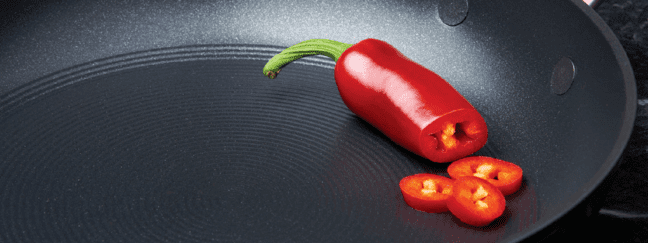
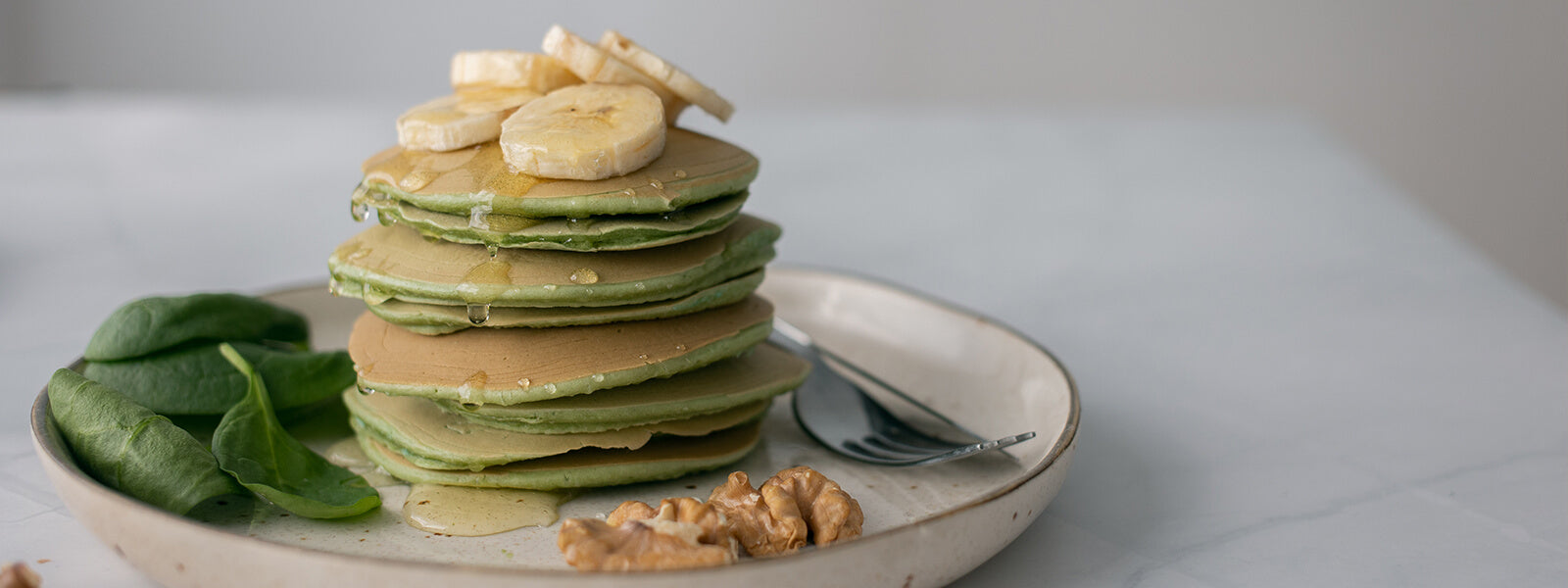
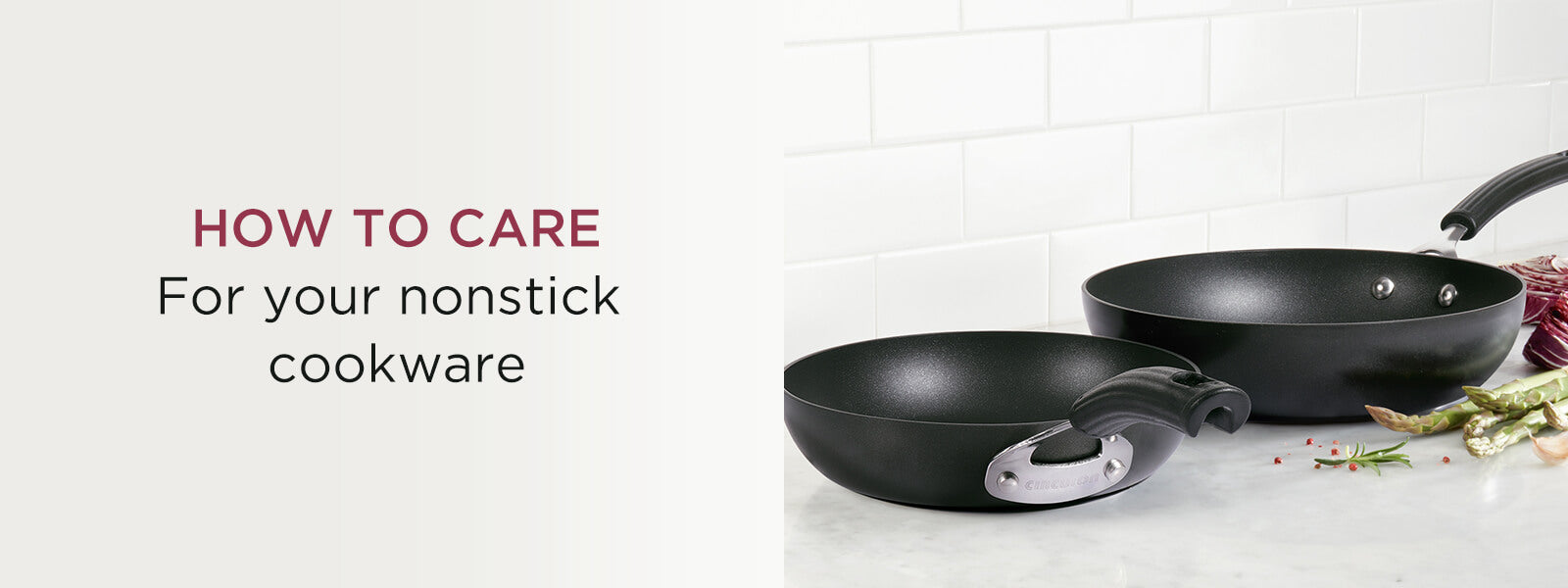
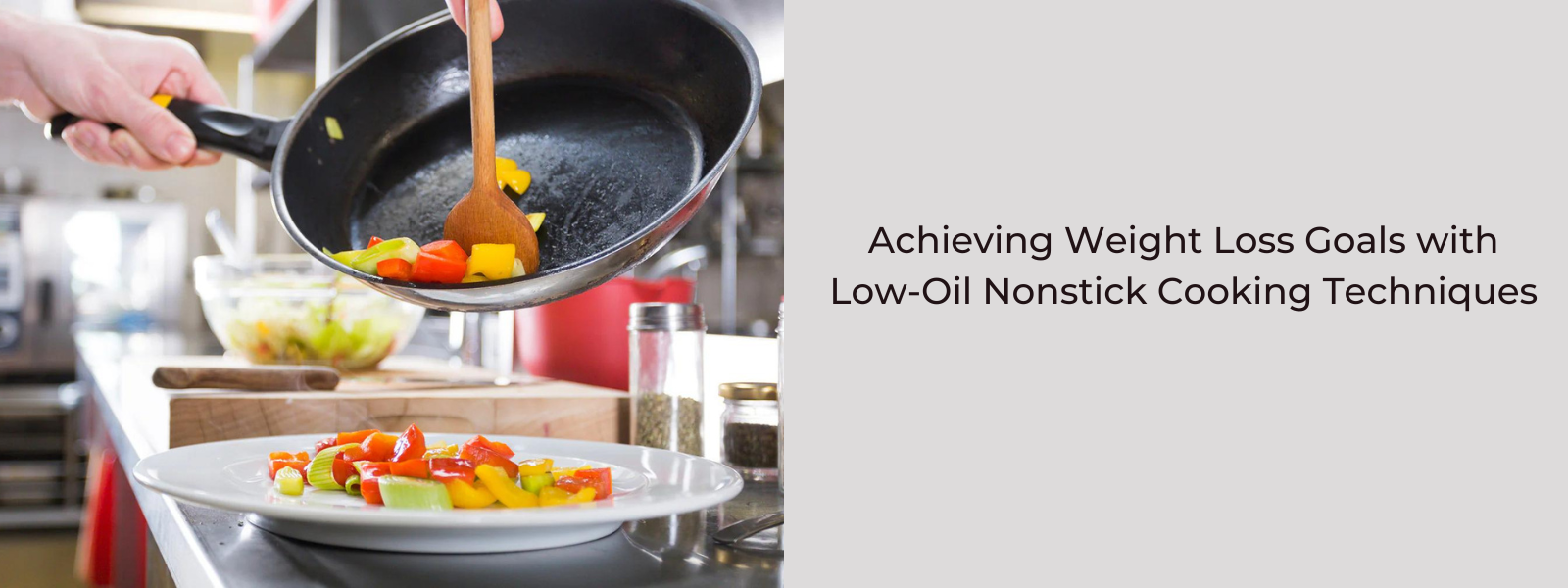
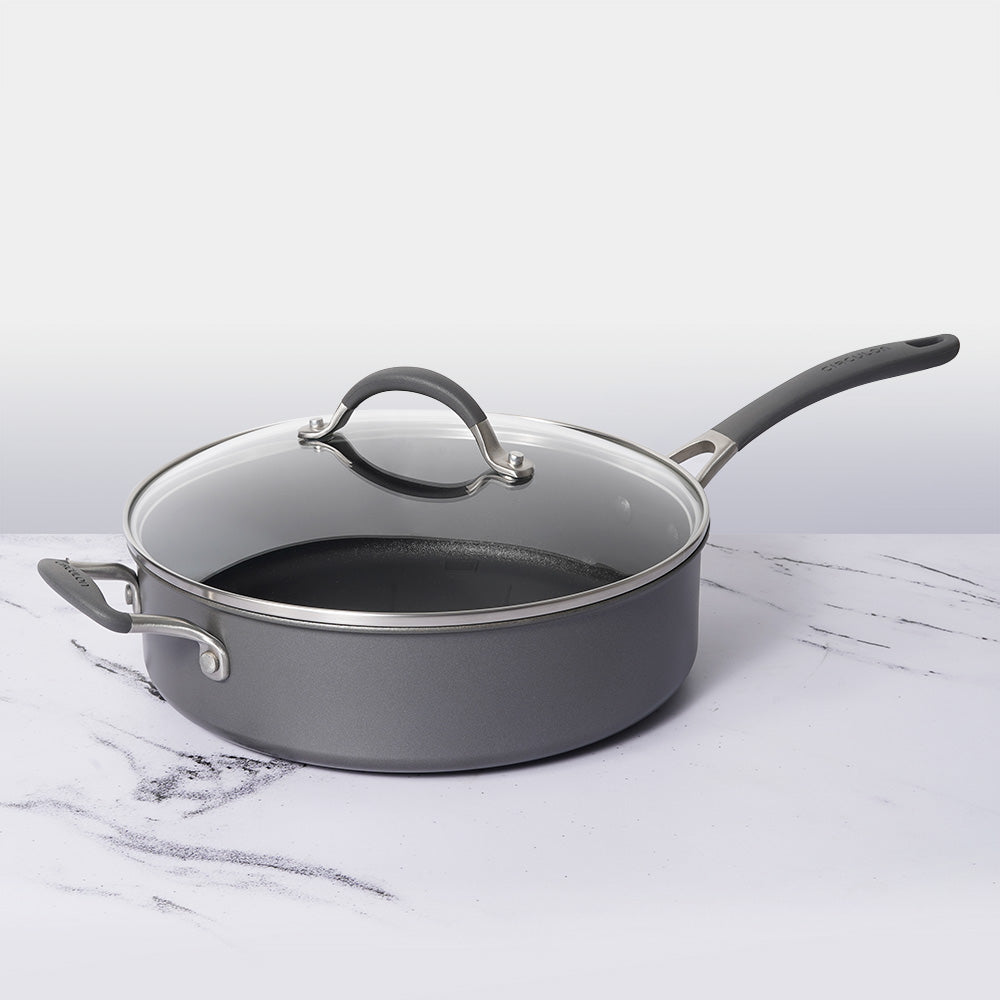
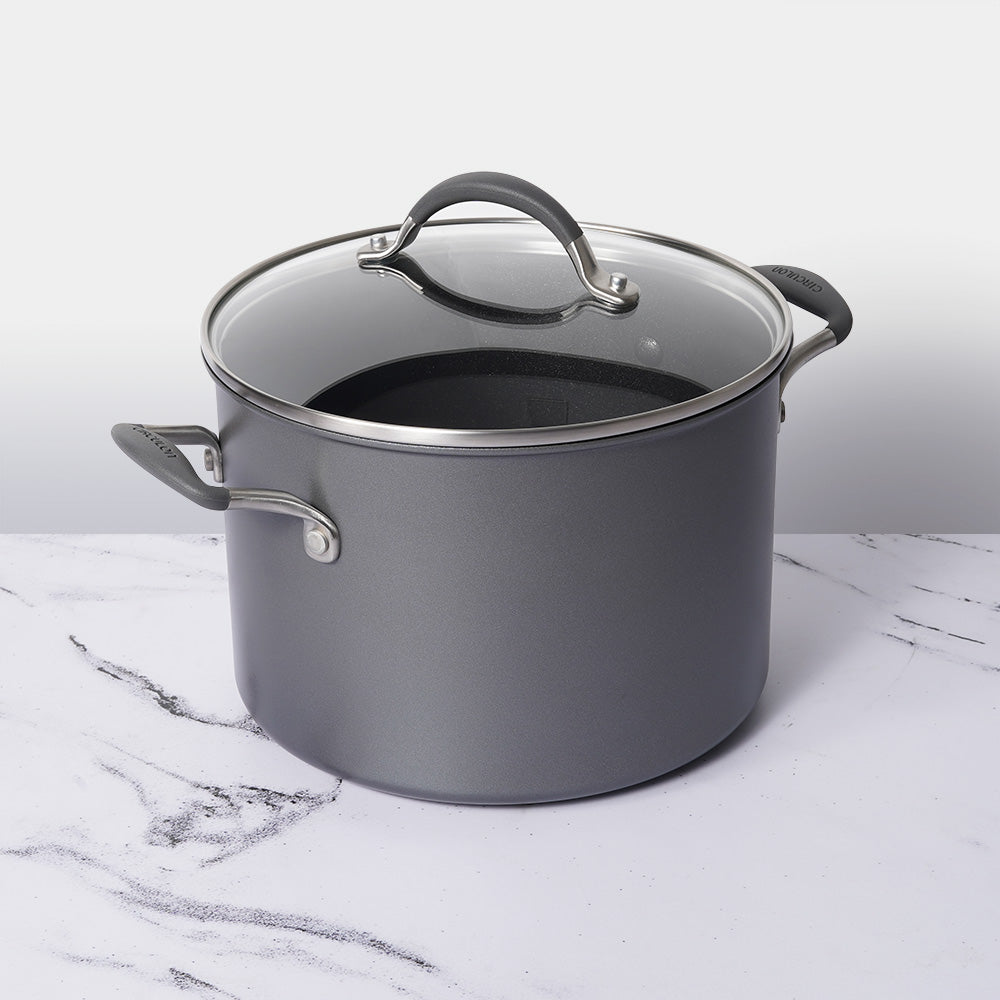




Leave a comment